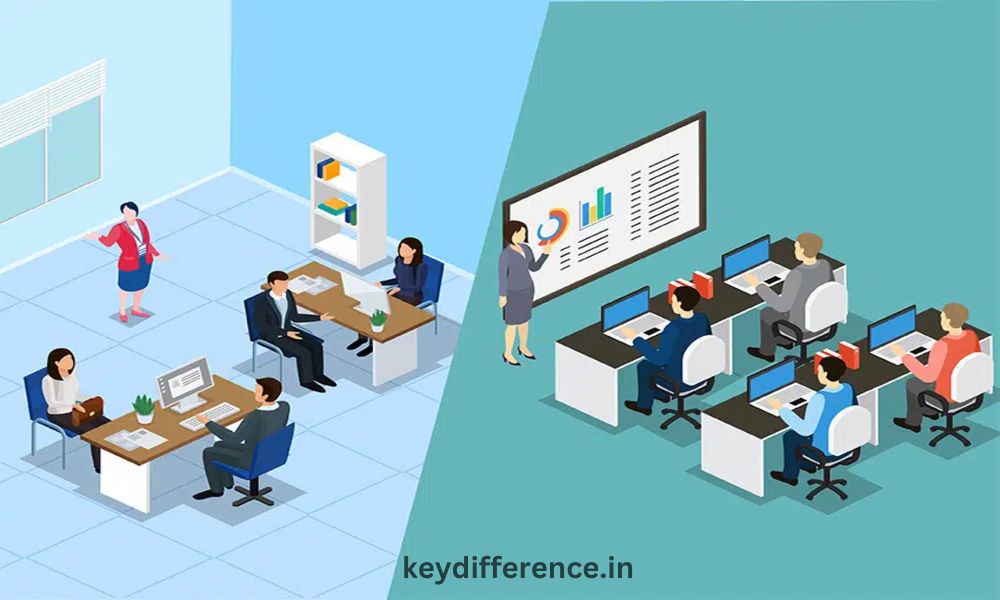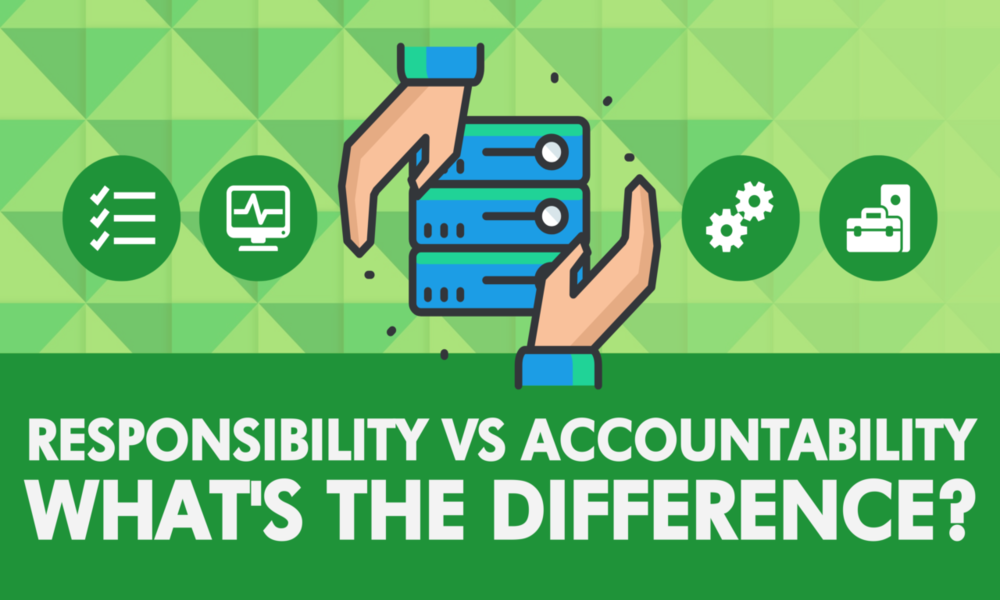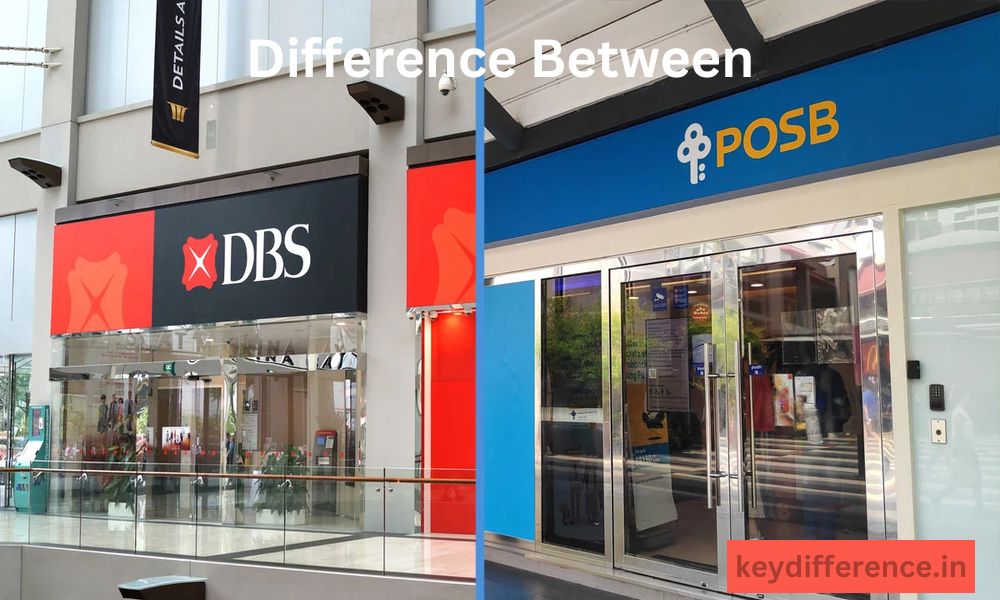Introduction
Every organization contains two areas that play pivotal roles in its overall functioning: Front Office and Back Office. Understanding these differences between them is essential to grasping how an organization functions and its various functions being divided amongst them; each has distinct responsibilities, functions, and interactions within an organization.
The Front Office acts as the face of the organization, directly engaging customers, clients, and external stakeholders. This area handles customer service, sales, relationship management and relationship maintenance – key components in providing an excellent customer experience. In contrast, the Back Office serves internal operations by providing support functions necessary to operate efficiently; such as administrative tasks, financial management logistics support technical support among others.
Will explore the differences between Front Office and Back Office roles and functions, their definitions, roles and responsibilities as well as key tasks performed by each area and why collaboration between these areas is so essential for optimal customer interactions, smooth internal operations and ultimately increased overall performance. By understanding these distinctions organizations can leverage them to optimize customer interactions while streamlining operations internally for increased productivity and overall enhanced performance.
Definition of Front Office
Front Office refers to any department or area within an organization that interacts directly with customers, clients, or external stakeholders. It is responsible for customer service, sales, building relationships with the external audience of an organization’s products or services as well as representing brand image to customers.
Front office personnel often serve as first point of contact for customers enquiring about products or services and are key players in providing positive customer experiences.

Definition of Back Office
Back Office refers to the area within an organization which supports operational and administrative functions necessary for its smooth running. Contrasting with its counterpart, the back office does not interact directly with customers or clients but instead concentrates on internal processes and support functions.
Records management encompasses tasks such as record keeping, data entry, processing paperwork, managing logistics, financial transactions, accounting services, human resources support services, IT support as well as other administrative duties.
Back offices play an essential role in ensuring the smooth functioning of an organization by providing essential infrastructure and support services for front offices and other departments. They work tirelessly behind the scenes to make sure everything runs efficiently.

Comparison Table of Front Office and Back Office
Below is a comparison table highlighting the key differences between the Front Office and Back Office:
| Aspect | Front Office | Back Office |
|---|---|---|
| Definition | Customer-facing area that directly interacts with customers | Supports internal operations and functions |
| Interaction | Directly interacts with customers or clients | Indirect interaction with customers or clients |
| Focus | Customer satisfaction and revenue generation | Operational efficiency and internal support |
| Roles and Responsibilities | Customer service, sales, relationship management | Administration, finance, IT, technical support |
| Key Tasks and Activities | Greeting and assisting customers, managing appointments | Processing paperwork, managing internal operations |
| Skill Sets Required | Communication, interpersonal, sales skills | Organizational, analytical, technical skills |
| Importance of Collaboration | Interdependence and synergy | Smooth flow of operations, enhancing customer experience |
Understanding these differences is crucial for organizations to effectively manage both the Front Office and Back Office.By recognizing the unique roles and responsibilities of each area, businesses can optimize customer interactions, ensure efficient internal operations, and ultimately achieve their organizational goals.
Direct interaction with customers or clients
Front Office staff play an integral part of providing customers with assistance and addressing inquiries or addressing issues raised by them directly. This direct engagement occurs through various channels, such as in-person interactions, phone calls, emails and online chats.Front Office personnel typically serve as customers’ first point of contact for any assistance needed or queries raised; typically acting as their point of call and being the initial source for resolution to issues raised by them.
Interacting directly with customers or clients in the Front Office involves multiple activities, such as:
Front Office staff have the responsibility of creating an inviting atmosphere when customers enter or reach out via other channels. They need to greet each visitor warmly and create an environment of trust between staff members and customers.
Assisting customers with inquiries: Front Office personnel assist customers by answering inquiries regarding products, services, pricing, availability or any other pertinent details.
Manage Appointments and Reservations: In industries like hospitality, healthcare or professional services, Front Office teams play an essential role in scheduling and overseeing appointments to ensure smooth customer visits.
Processing Transactions: Front Office staff handle customer transactions such as reservations, payments and receipts or other financial matters.
Resolving complaints and inquiries: When customers have complaints or inquiries, our Front Office team serves as their main point of contact to address these issues quickly and satisfactorily.
Front Office personnel must provide customers with accurate and up-to-date information about products, services, policies, promotions or any other relevant details that they require for purchase or subscription to an organization’s products or services.
Front Office interactions aim to create positive experiences, build trust and ensure customer satisfaction – ultimately shaping an organization’s reputation and forging long-term customer relationships.
Receptionists and customer service representatives
Receptionists and customer service representatives play a vital role in any Front Office, responsible for engaging directly with customers or clients. While their responsibilities may differ depending on the organization and industry, both positions play an integral part in providing excellent customer service experiences to ensure positive customer experiences. Here is an overview of these roles:
Receptionists: Welcome and greet Visitors: Receptionists serve as the initial point of contact between an organization and customers or clients who enter. Their job is to warmly welcome them, make them feel at home, and create a positive first impression for potential new business relationships.
Receptionists typically handle all incoming phone calls, answer inquiries and provide information as well as direct them to the appropriate individuals or departments.
Receptionists play an invaluable role in providing exceptional customer service by answering customers’ inquiries, informing them about products or services provided by an organization, and directing visitors to appropriate departments or personnel.
Appointments and Reservations: Receptionists coordinate appointments to meet customers’ needs while also ensuring their appointments run smoothly.
Receptionists play an essential role in keeping reception areas neat and orderly to reflect an organization’s professionalism and brand image.
Assist with Administrative Tasks: Receptionists often assist with administrative duties such as handling mail, managing deliveries, and coordinating logistics within an organization.
Customer Service Representatives (CSRs):
Handling customer inquiries and complaints: Customer service representatives quickly respond to customer inquiries, concerns, and complaints promptly and effectively. They provide accurate information that addresses issues as they arise while working towards solving any existing customer problems in an effort to ensure customer satisfaction.
Customer Service representatives possess in-depth knowledge of their organization’s offerings and can provide customers with essential details regarding products, services, features, pricing and promotions to enable informed decisions to be made by customers.
Processing orders and transactions: Customer service representatives assist customers in placing their orders, processing transactions efficiently, and assuring the accurate order fulfillment.
Solutions and recommendations: Customer service representatives provide solutions and recommendations tailored to their customers’ individual needs, helping guide them toward products or services which fit them appropriately.
Maintaining customer records: Customer service representatives document customer interactions, inquiries and complaints in order to create accurate records that can be referred back to for future analysis and reference.
Establishing customer relationships: Customer service representatives strive to build strong and positive relationships with their customers in order to cultivate loyalty and generate repeat business.
Receptionists and customer service representatives play an essential role in providing an exceptional customer experience, through effective communication, problem solving abilities and taking a customer-first approach to ensure customer satisfaction and enhance an organization’s brand image.
Providing information and promoting products or services
Front Office staff such as receptionists and customer service representatives play an essential role in providing information and promoting products or services to their customers or clients. In particular, this may include actively disseminating relevant details regarding an organization’s offerings to them – here is one way they do so:
Product and Service Knowledge: Front Office staff such as receptionists and customer service representatives possess in-depth knowledge about their organization’s products or services, from features, benefits, pricing structures and promotional campaigns to accurate customer information delivery. Having this level of understanding enables them to effectively provide accurate and detailed services.
Answering Inquiries: Front Office staff have an important responsibility of responding promptly and clearly to customer or client inquiries about products or services offered by their organization. By providing clear and concise responses that highlight features, benefits, and any additional details that can help customers make informed decisions, they help customers to make better informed choices.
Customizing Recommendations: Front Office staff engage actively with customers to understand their needs and preferences, then use this insight to tailor recommendations that meet them optimally.
Upselling and Cross-Selling: Upselling and cross-selling are key aspects of Front Office operations. Staff may identify opportunities for upselling by suggesting higher-tier products with greater benefits to customers who interact with them; cross-selling involves offering complementary offerings that enhance the experience for all involved.
Promotional Campaigns and Offers: Front Office staff actively inform customers about ongoing promotional campaigns, discounts or limited-time offers that may benefit them. By explaining what customers can gain from taking advantage of such limited-time offers they ensure customers take full advantage of these limited time offers and encourage customers to take full advantage of them before their expiration.
Front Office Staff may keep marketing collateral such as brochures or product catalogs on hand to offer to customers in order to give them more insight into what services the organization provides and make informed decisions about them.
Demonstrations or Presentations: Front Office staff in certain industries such as technology or retail may conduct demonstrations or presentations to show customers the features and benefits of certain products or services. They guide them through each demonstration while emphasizing key selling points while responding to any queries raised during it.
Providing information and promoting products or services are central functions of Front Office staff. Their knowledge, communication skills, and ability to present and recommend offerings contribute to customers’ understanding, confidence, and engagement with an organization’s products or services.
Indirect interaction with customers or clients
As opposed to its counterpart, the Back Office typically involves indirect interactions with customers or clients. While its activities and functions don’t directly connect with external stakeholders such as clients and customers, their support activities and functions are vital in supporting an organization’s overall operations and providing satisfying customer experiences. Here are some examples of indirect interaction in the Back Office:
Processing Paperwork and Documents: The Back Office staff handle various paperwork required for customer transactions, such as orders, contracts, invoices or legal documents. While customers do not directly interact with this process, its efficient completion is key in providing customers with enjoyable customer experiences.
Back Office functions are responsible for overseeing internal operations and logistics, such as inventory control, supply chain coordination and logistics management. While these activities primarily serve internal processes they also have an effect on product or service availability and delivery to customers.
Handling Financial Transactions and Payroll: The Back Office is responsible for overseeing financial transactions such as processing payments, handling billing/invoicing processes and overseeing payroll. While customers do not directly interact with Back Office staff during these processes, their accurate and timely implementation contributes to an excellent customer experience overall.
Maintaining Databases and Information Systems: Back Office personnel are charged with overseeing databases, information systems, and any technological infrastructure supporting an organization’s operations. This indirect interaction involves assuring customer data security while managing records to enable organizations access accurate customer information when needed.
Provide Technical Assistance to Employees: Back Office functions often involve IT support teams that offer technical assistance directly or indirectly to employees. While this support doesn’t directly interact with customers, it still directly contributes to seamless customer experiences by ensuring employees have all of the resources and technology necessary for serving customers effectively.
While the Back Office typically specializes in internal operations and support functions, its indirect interactions with customers or clients play an essential role in ensuring operational efficiency, data accuracy, and timely support services for customers and clients. These activities help enhance customer experiences while simultaneously helping the Front Office provide efficient customer care services.
Conclusion
Understanding the difference between Front Office and Back Office functions is crucial for organizations seeking to effectively manage their operations, optimize customer interactions and achieve overall success.
The Front Office acts as the customer-facing area, directly engaging customers or clients and focusing on providing service, sales and relationship management while the Back Office supports internal operations through administrative, financial, logistical and technical support services.Front Office personnel such as receptionists and customer service representatives play an essential role in directly engaging with customers, providing information, answering inquiries, promoting products/services and building strong customer relationships.







